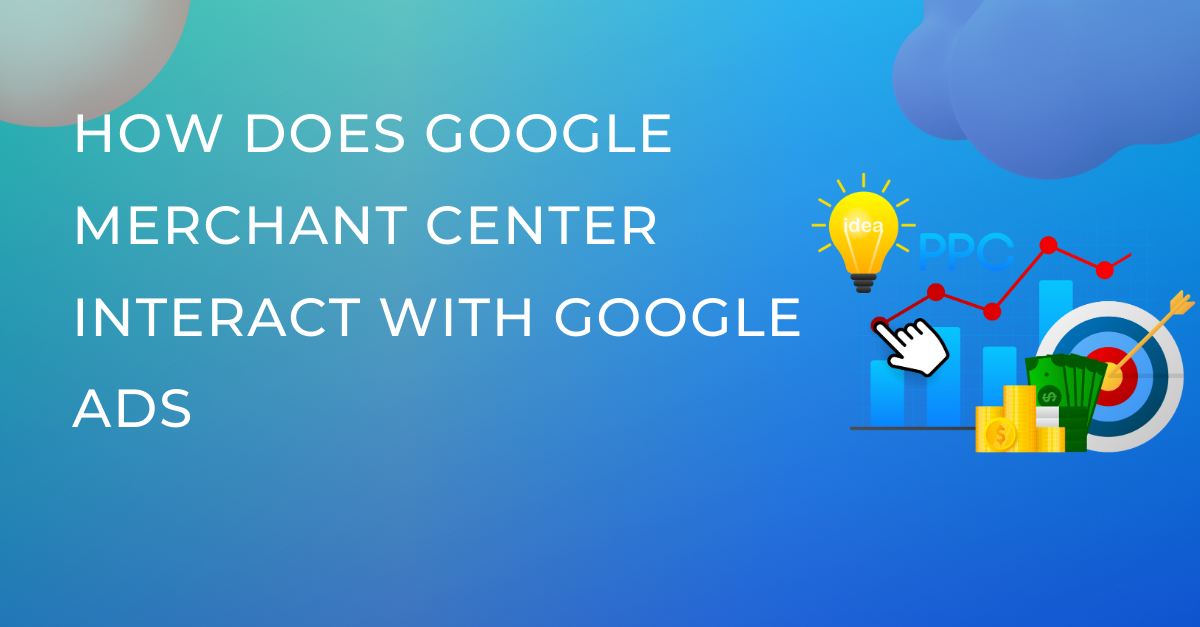In the realm of e-commerce, it’s essential to make your products visible to potential customers. Google offers powerful tools to achieve this, and two of the most critical ones are Google Merchant Center and Google Ads. “How does Google Merchant Center interact with Google Ads” is a fundamental question for e-commerce businesses looking to effectively showcase their products to a vast online audience. In this comprehensive guide, we will explore the symbiotic relationship between Google Merchant Center and Google Ads, and how this interaction is pivotal for e-commerce success.
To stay at the forefront of e-commerce success through Google Ads and Google Merchant Center, visitWITL for more insights and resources. Explore the latest trends, case studies, and expert opinions to stay informed about the ever-evolving landscape of e-commerce advertising and online retail strategies.
Understanding the Role of Google Merchant Center and Google Ads
Before we delve into the intricacies of their interaction, let’s clarify the roles of Google Merchant Center and Google Ads:
Google Merchant Center: Google Merchant Center is a platform that allows businesses to upload and manage their product data. It serves as the central hub for organizing and providing product information to Google for use in various services, such as Google Shopping and Google Ads.
Google Ads: Google Ads, formerly known as Google AdWords, is Google’s online advertising platform. It enables businesses to create and manage pay-per-click (PPC) advertising campaigns that appear in Google’s search results, display network, and other partner websites.
The Importance of Their Interaction
The interaction between Google Merchant Center and Google Ads is crucial for e-commerce businesses for several compelling reasons:
- Product Listing Ads (PLAs): Google Merchant Center feeds the product data to Google Ads, enabling businesses to create Product Listing Ads (PLAs). PLAs display product images, prices, and descriptions in Google search results, providing users with a visual and informative shopping experience.
- Dynamic Remarketing: Google Merchant Center data can be leveraged for dynamic remarketing campaigns in Google Ads. This allows businesses to re-engage users who have previously visited their website and show them personalized ads featuring the products they viewed.
- Ad Customization: Integration with Google Merchant Center allows advertisers to customize ads in Google Ads based on specific product attributes, such as price, availability, and brand. This level of customization can make ads more relevant to potential customers.
- Automated Bidding: Google Ads can use data from Google Merchant Center to optimize bidding strategies for Shopping campaigns. Automated bidding takes into account product data, performance, and user behavior to maximize the ROI of ad campaigns.
- Local Inventory Ads: Businesses with physical stores can use local inventory data from Google Merchant Center to create local inventory ads. These ads inform nearby shoppers about in-stock products, prices, and store location, driving foot traffic to brick-and-mortar stores.
The Interaction Between Google Merchant Center and Google Ads
Let’s explore the ways in which Google Merchant Center interacts with Google Ads:
Data Feed Integration
The foundation of this interaction is the data feed that businesses create in Google Merchant Center. This feed includes product information such as product titles, descriptions, prices, availability, and unique product identifiers like GTINs (Global Trade Item Numbers).
Google Ads uses this product data to create highly relevant and visually appealing Product Listing Ads (PLAs). These ads display in Google search results, Google Shopping, and other Google properties when users search for relevant terms.
Product Groups and Campaign Structure
In Google Ads, businesses can create Shopping campaigns specifically designed for PLAs. Within these campaigns, advertisers use product data attributes to organize products into product groups. These attributes could include product type, brand, category, condition, or custom labels.
Product groups help advertisers set unique bids and budgets for specific sets of products, ensuring that resources are allocated effectively to maximize ROI.
Dynamic Remarketing
Dynamic remarketing is a powerful feature that relies on Google Merchant Center data. It allows advertisers to create personalized ads that showcase products that users have previously viewed on their website. These ads can display not only the specific products but also their prices, images, and descriptions.
The integration between Google Merchant Center and Google Ads enables this dynamic retargeting, increasing the likelihood of conversion by reminding users of products they’ve shown interest in.
Local Inventory Ads
For businesses with physical store locations, local inventory ads are an essential part of the interaction between Google Merchant Center and Google Ads. These ads display detailed information about in-stock products at nearby store locations.
Google Merchant Center supplies local inventory data, including store information, product availability, and real-time pricing. When users search for products, these ads inform them about local options, driving in-store visits.
Automated Bidding and Optimization
Google Ads uses the product data from Google Merchant Center for automated bidding strategies. This includes bid adjustments based on factors like product performance, user behavior, and data from previous campaigns.
Adaptive bidding helps advertisers maximize their ROI by automatically adjusting bids for each auction to meet specific goals, such as maximizing clicks or conversions.
Final Thought
The interaction between Google Merchant Center and Google Ads is the backbone of successful e-commerce advertising. By harnessing the power of this interaction, businesses can showcase their products to a global audience, create personalized shopping experiences, and optimize their ad campaigns for maximum ROI.





